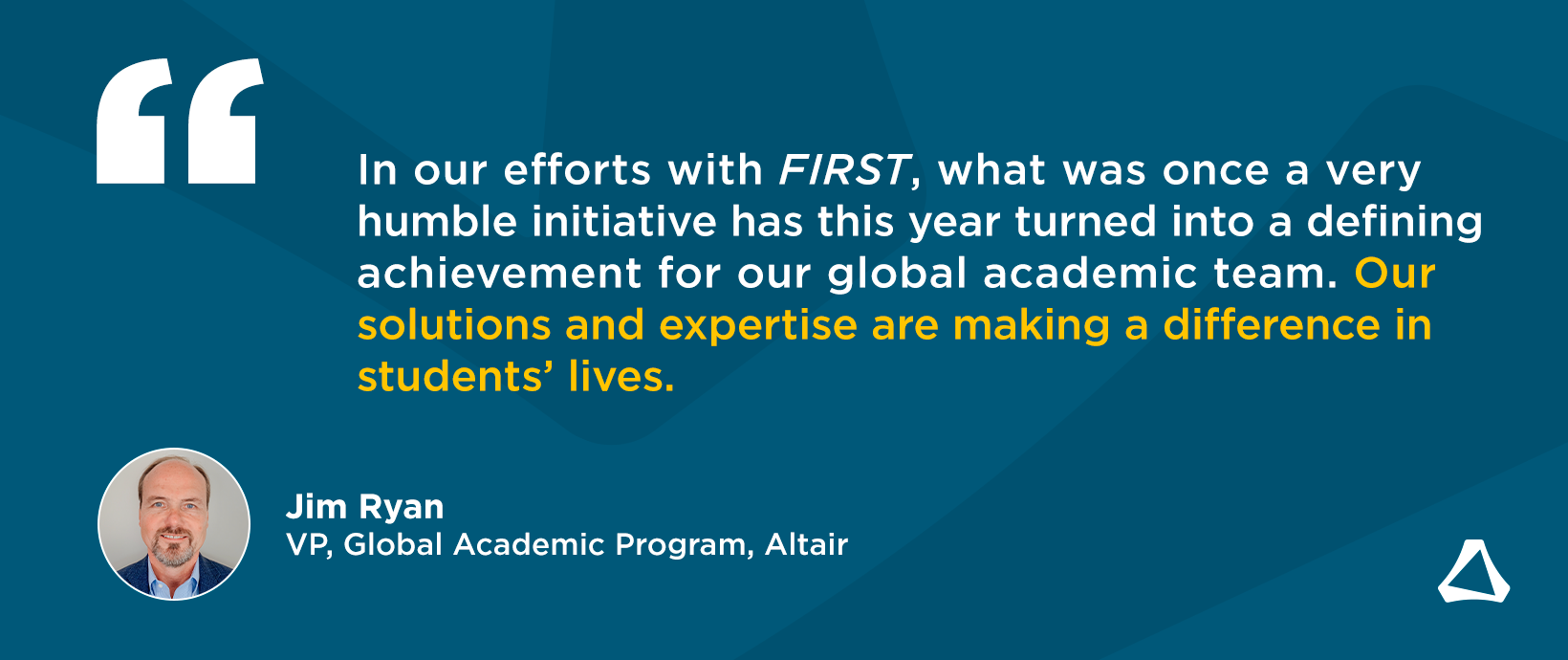Topology Optimization and the Lessons of History

At Altair, we are focused on solving our customer’s toughest challenges of today, all while working on tomorrow’s innovations. However, occasionally there is real value in revisiting the past. It gives us an opportunity to remind ourselves and the wider design community of important lessons that shouldn’t be forgotten or overlooked. Those lessons, in fact, are critical to helping shape the future technologies we are working on today.
Topology optimization is a good example of one of those important lessons. For many, it’s the relatively recent arrival of commercially viable additive manufacturing that has brought its benefits into focus. This is hardly surprising, as there is a natural symbiosis between the two technologies. Topology optimization has been likened to a free-form ‘bionic’ process. Similarly, additive manufacturing promises almost unlimited possibilities in terms of shape and form. Structures that are forged and fine-tuned using topology optimization can therefore be executed without having to fit the considerations of ‘traditional’ manufacturing methodologies.
As the world leader in topology optimization, we naturally welcome the many designers who are discovering our solutions via additive manufacturing. Amidst the fresh surge in interest, it’s also important to remember that topology optimization has applications that extend much wider, and roots that reach far deeper.
The origins of topology optimization, date back to the late 1980s. That’s when the idea of leveraging computing power to speed the development of structures that are optimized for characteristics such as mass and stiffness first emerged in the world of academia. Building on this work, Altair (then a small engineering consultancy) began commercial development. In 1994, that culminated in the release of Altair OptiStruct™, so innovative that is was named technology of the year by IndustryWeek.
Back then, we found our early adopters in the automotive industry. These were followed by progressive design teams in sectors such as aerospace and medical. OptiStruct spread from large, blue-chip organizations to smaller enterprises, who also saw the competitive advantages. Well before the emergence of 3D printing, OptiStruct proved its ability to embrace multiple manufacturing methods: forging, plastic injection molding, welded sheet metal structures, casting, and milling.
But we didn’t stop there. OptiStruct continued to evolve in terms of capability and usability. Today, OptiStruct can consider a wide range of parameters, including external loads, design space, materials and cost, and functionality that extends to areas such as noise and vibrations, durability, non-linear structures, heat transfer, and dynamics. Putting highly complex simulation within reach of more and more users, OptiStruct can justifiably claim to have changed the way the industry approaches the process of design. It was – and is – a truly disruptive technology.
In 1994, General Motors became our first-ever OptiStruct customer. Today, more than 3,000 companies worldwide are using it, but history reminds us that it is far from the full story. Regardless of industry or field of work like additive manufacturing, design engineers face common pressures: accelerating time-to-market, enhancing product performance, driving innovation. Going forward, the ability of topology optimization to deliver on all three will ensure it is embraced by an ever-wider community of talented designers, working across a growing range of industries, applications and manufacturing techniques.
To learn more about how OptiStruct can work for you, click here.




